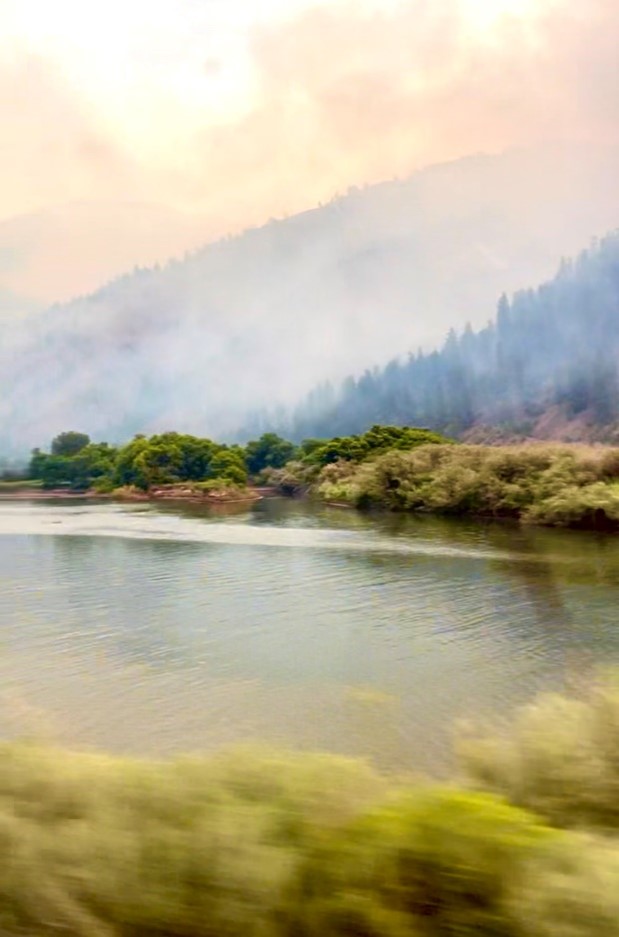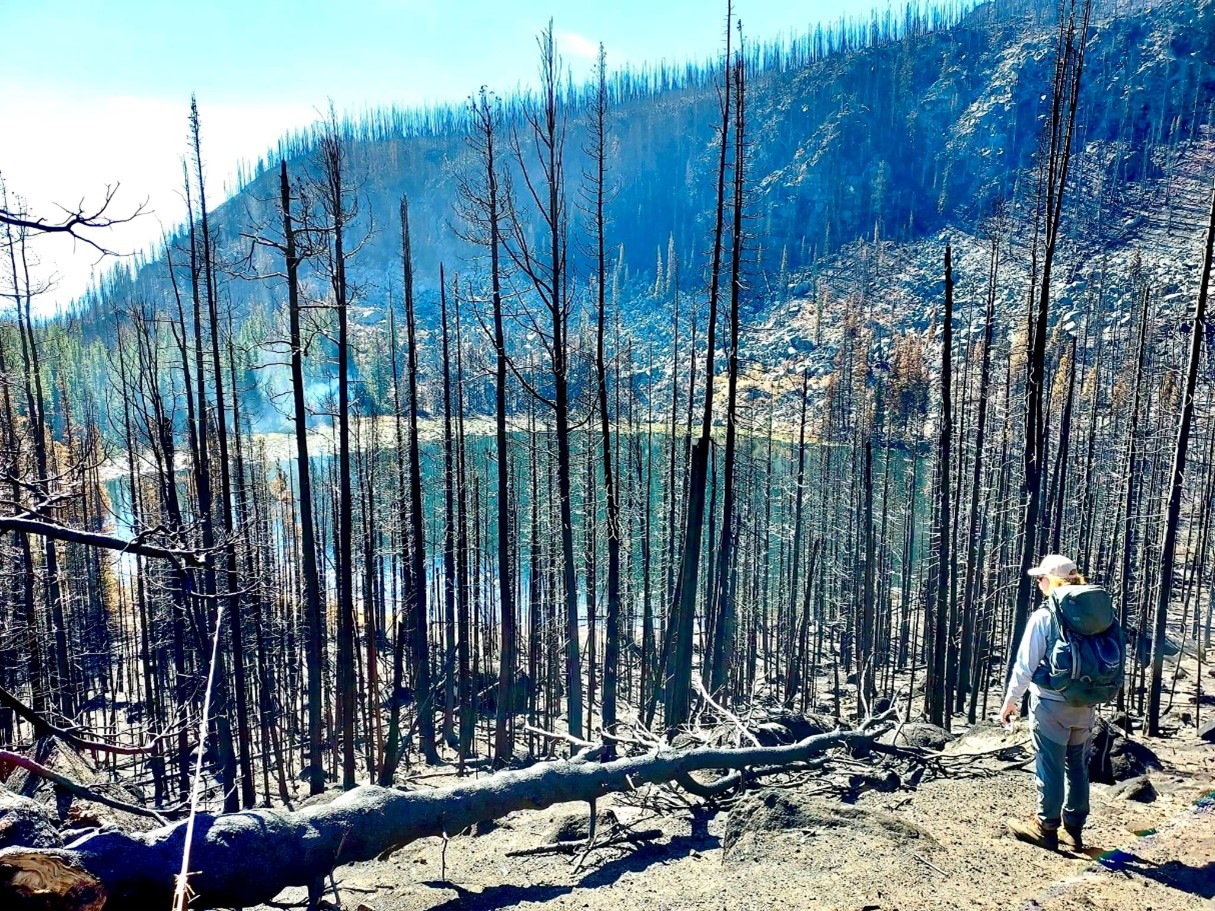In recent years, large wildfires in Idaho seem to be synonymous with summer. These uncontrolled fires can burn large swaths of forested land, oftentimes on steep slopes leading to river and stream drainages. As most people know, these fires can influence wildlife and wildlife habitat. But what about fish? Fish tend to be overlooked when talking about the long-lasting effects of wildfire on the landscape.

Fish, Fires and the Fallout
Most people know fires can influence wildlife and wildlife habitat. But what about fish?

Large fires can change aquatic systems in dramatic and complex ways (Rieman and Clayton 2011). Potential negative effects of wildfire on aquatic systems include increased erosion and debris flows, increased suspended sediment and ammonia, depleted oxygen, and a loss of cooling canopy cover.
Fire legacies have been directly associated with mortality of fish and have even been known to extirpate local populations (Rinne 1996). Native fishes that require relatively cold and clean water (e.g, threatened Bull Trout) are especially at risk of warming water temperatures and increased sediment (Rieman et al. 1996). Undoubtedly, fires can have immediate and detrimental effects on fish by rapidly heating water. However, long term effects are less understood.
Is there any good news? Yes! For the most part, fish populations tend to recover relatively quickly in water systems negatively affected by fire. The swiftness of this recovery has a lot to do with how intense the fire was. In 2015, there was a Forest Fire and Fish Habitat workshop in Portland, Oregon where scientists compiled information associated with fish response to fires. Their conclusion was that even though all the aforementioned fire legacies can be detrimental to fish in the short term, they’re often beneficial in the long term.
One important way fire might help fish populations is that productivity (i.e., fish development and growth) tends to increase after fire because more sun hits the watershed and can increase food web development. In several study systems, fish often chose streams that had recently experienced fire.
Additionally, riparian zones don’t always burn during a fire, but when they do, they seem to “reset” back to native and healthy vegetation post burn. Furthermore, debris flows can increase the amount of suitable spawning gravel and large woody debris, both important habitat features for fish in various life stages.

It is vitally important to be good stewards of the land that we manage, recreate on, and live amongst. We must do our part in ensuring that not only are we responsible with fire to safeguard our fish and wildlife communities, but that we continue to learn the potential positive and negative influences it might have in the long term.
